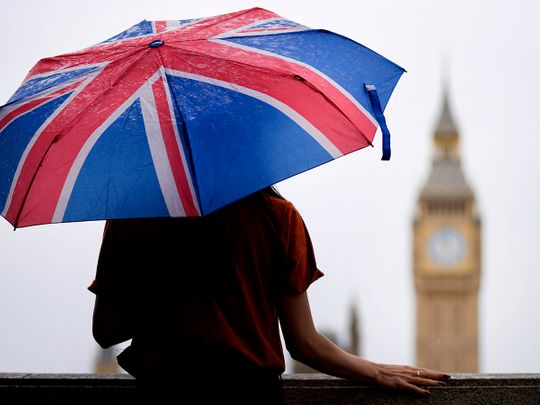
London: Britain’s unemployment rate fell to its lowest since 1974 at 3.6 per cent in the three months to July as more people left the labour market, according to official data on Tuesday that could add to the inflation headache for the Bank of England.
Economists polled by Reuters had expected the jobless rate to stay at 3.8 per cent.
The Office for National Statistics said the number of people in employment grew by 40,000 in the May-July period, less than a third of the increase expected by the economists polled by Reuters.
The economic inactivity rate - measuring the share of the population who are not in work and not looking for work - increased by 0.4 percentage points on the quarter to 21.7 per cent, its highest since the three months to January 2017.
The ONS said the change was driven by an increase in people classified as long-term sick as well as students leaving the jobs market.
The BoE is worried about increasing inactivity in the labour market as it could help to fuel inflation pressures due to a lack of candidates to fill jobs.
The BoE raised borrowing costs by the most since 1995 last month and said it remained ready to act forcefully if that pressure became more persistent. It is expected to raise interest rates again on September 22.
Sterling rose against the US dollar after Tuesday’s data.
Figures due to be published on Wednesday are expected to show Britain’s consumer prices index rose by 10.2 per cent in the 12 months to August, according to the economists polled by Reuters.
There were other signs of price pressures in the labour market in the ONS figures published on Tuesday.
Wages excluding bonuses rose by 5.2 per cent, picking up pace from the three months to June to their highest rate since the three months to August 2021. The Reuters poll had pointed to an increase of 5 per cent.
Including bonuses, wages rose by 5.5%, a bit stronger than the poll forecast of 5.4 per cent.
There were also signs that the labour market is losing some of its momentum.
The number of job vacancies in the June-to-August period fell by the most in two years, down 34,000, although it remained historically high at 1.266 million.











